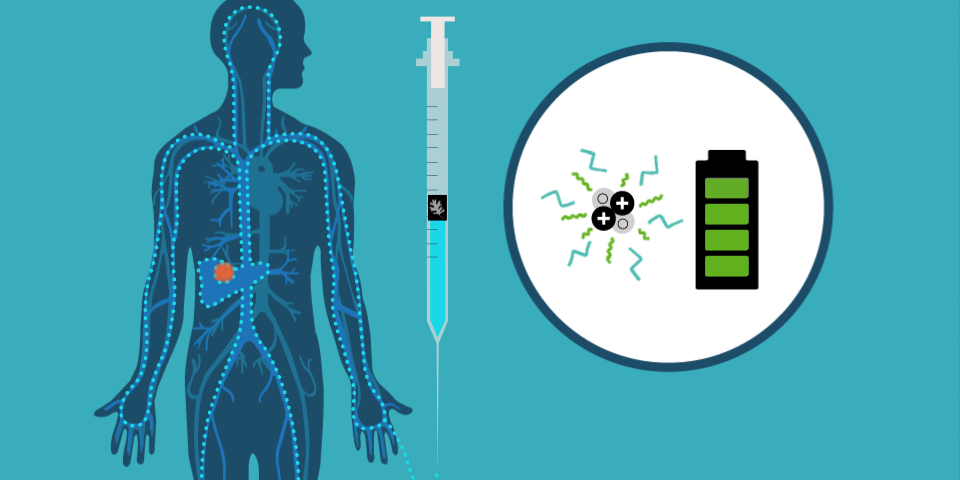NIDC News
Our NIDC News reports the latest developments in U.S. Department of Energy’s isotope production efforts, university partnerships, facility improvements, staff news, and other notable center activities as they occur. Stay Connected

April 9, 2021
The DOE Isotope Program is excited to announce they have made bursaries available for up to 30 awardees of $1000 each to attend selected radiochemistry-related symposia at Pacifichem 2021. This financial assistance is granted to help offset the costs of attendance and is available to undergraduate students, graduate students, or postdoctoral fellows during the time of the Pacifichem…

April 8, 2021
Postdoctoral Scholar - Radiation Oncology, University of Washington
The Radionuclide Production and Molecular Radiotherapy Research Laboratories in the Department of Radiation Oncology at the University of Washington is seeking candidates for a Postdoctoral Scholar research position in the areas of radionuclide production…

April 1, 2021
The DOE Isotope Program is pleased to announce that the U.S. Food and Drug Administration (FDA) has accepted its Type II Drug Master File (DMF) submission for Actinium-225 Nitrate (thorium-229 derived). The alpha-emitting radionuclide and its decay product bismuth-213 have gained considerable interest within the medical community for targeted radiotherapy of cancer and other diseases.…

March 17, 2021
This year the 2021 ACS National Meeting will take place virtually, April 5–16, where thousands of chemistry professionals will meet online to share ideas and advance scientific and technical knowledge. The meeting provides excellent opportunities for sharing a passion for chemistry, connecting with the world’s largest scientific society, and advancing …

March 4, 2021
Domestic Production of Americium-241 Restarted
Did you know that for the last 20 years Americans have relied on a single foreign supplier for the active ingredient used in smoke detectors? The DOE Isotope Program has addressed this isotope shortage and is pleased to announce the re-established routine supply of americium-241 (Am-241). The isotope is vital for a variety of…

February 19, 2021
The SCGSR program provides supplemental funds for graduate awardees to conduct part of their thesis research at a host DOE laboratory in collaboration with a resident scientist within a defined award period. Graduate students currently pursuing Ph.D. degrees in areas of physics, chemistry, material sciences, biology (non-medical), mathematics, engineering, computer or computational sciences…

February 11, 2021
David Bivans joins the DOE Isotope Program as the Alternative Isotope Production Manager
David Bivans has joined the Department of Energy’s (DOE) Isotope Program as the federal Program Manager for Alternative Isotope Production, replacing Joe Glaser who retired in December 2020. David has most recently been a technical advisor in the HQ office, detailed from DOE Environmental…

February 8, 2021
The DOE Isotope Program has said farewell to three beloved colleagues who have all retired over the last several months. While we are all sad to say goodbye, we are appreciative of all they have done for the Isotope Program. We wish you all the best in your retirement!
Marc Garland, Program Manager for Isotope Program Operations and the Deputy Director of the DOE Isotope Program
After more…

February 3, 2021
With this valuable information, the DOE IP will gain a clearer understanding of future market demand and, as a result, can better serve industrial and research entities by tailoring isotope production to meet their expressed needs. If necessary, the program will also evaluate and invest in new or enhanced production based on stakeholder inputs if existing production is insufficient to meet…

February 1, 2021
The NIDC, on behalf of the DOE Isotope Program, seeks input from the community on anticipated isotope product needs and potential supply shortages in the next five years.
With this valuable information, the DOE IP will gain a clearer understanding of future market demand and, as a result, can better serve industrial and research entities by tailoring isotope production to meet their expressed…




